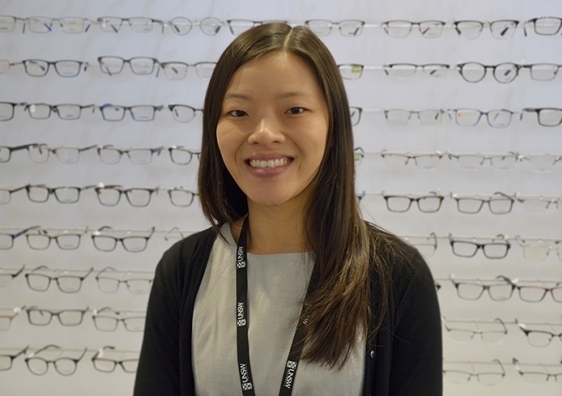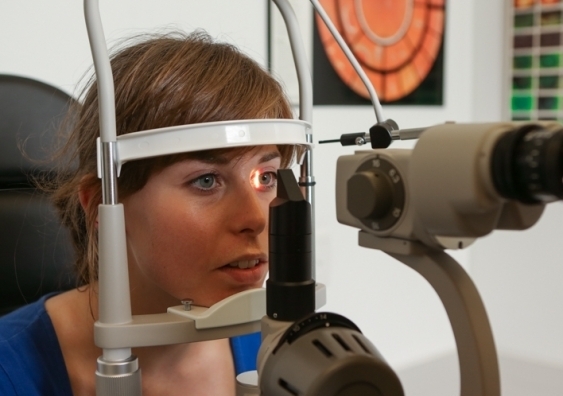Researchers at the Centre for Eye Health at UNSW Sydney have devised a novel approach to classify and diagnose blinding eye diseases, such as age-related macular degeneration, by adapting pattern recognition techniques used to assess satellite images.
The tool combines the results of multiple ocular imaging techniques and can successfully identify features of macular degeneration.
“The amount of diagnostic imaging information routinely available to clinicians has increased substantially over the past decade and this has created a form of ‘information overload’,” says study lead author Angelica Ly.
“We need an easier way of processing all the information to ensure that key signs don’t get missed.
“We have shown that our method is able to successfully classify a series of eyes with intermediate age-related macular degeneration 91 per cent of the time,” she says.
Early and accurate identification is critical to preventing vision loss; however, many of the signs of early age-related macular degeneration can be subtle and difficult to diagnose. As many as 25 per cent of patients with early or moderate disease may remain undiagnosed. This is a major concern, given age-related macular degeneration is a leading cause of blindness affecting one in seven Australians over the age of 50.

Professor Michael Kalloniatis.
Centre director, Professor Michael Kalloniatis, first conceived of the idea of an automated approach to diagnosis 14 years ago but did not have the data to further explore its application.
“We could only test the hypothesis once these imaging techniques became more established,” he says.
“One of the other major challenges with age-related macular degeneration is to monitor patients so that those who may progress to the late stage are identified early. Progression is usually monitored through inspection of ocular imaging, but the current method is tedious and the accuracy is variable. Our study provides preliminary evidence that this monitoring can be done via a pattern recognition approach.”
This could have major applications for ocular imaging centres or for custom software incorporated by ophthalmic imaging manufacturers. Ultimately, commercialisation of the technique could see its future application in routine age-related macular degeneration screening and monitoring, leading to better outcomes for all affected.

Dr Angelica Ly. Image: UNSW
The study by Ms Ly, Dr Lisa Nivison-Smith, Dr Nagi Assaad and Professor Kalloniatis is published in the journal Investigative Ophthalmology & Visual Science. A provisional patent for the new technique has also been filed.
The study was conducted at the Centre for Eye Health, a joint initiative of UNSW Sydney and Guide Dogs NSW/ACT. A core goal of the organisation is to provide high-quality clinical service, research, education and support for the advancement of the optometric profession.




